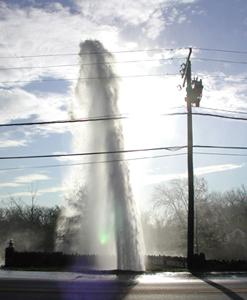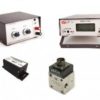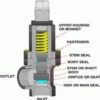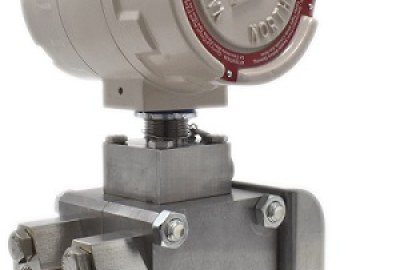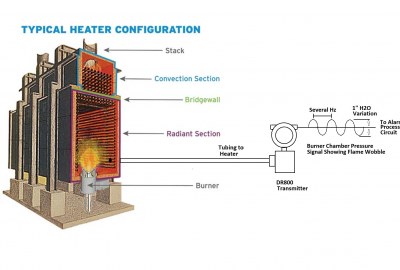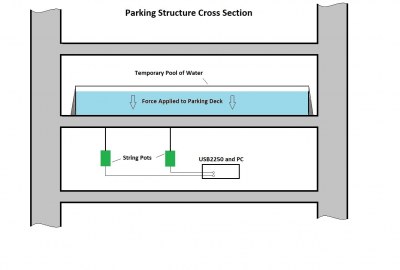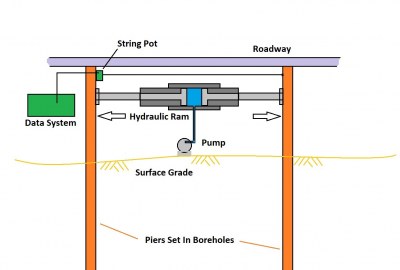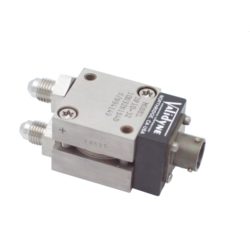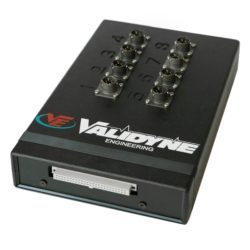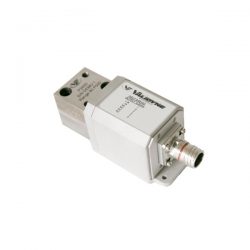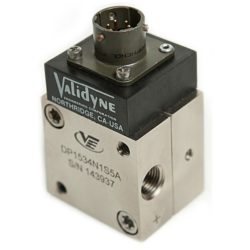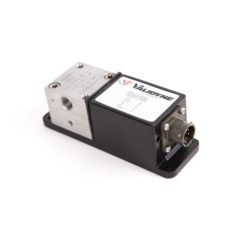Utility
Measuring Water Main Leakage
If a large water main is leaking, how would you know? What part of the city consumes the most water, and when? These are questions often asked of the city water engineer. In order to give an accurate answer, direct measurement of the flow in a large water main is often the best way to verify metering station data. How can the flow in a water main be observed directly?
Fluid flow in a water main can be measured using a pitot tube and differential pressure transducer. Water mains are usually accessible from underground vaults in city streets. A pressure tap is made, while the main is still under pressure, and a pitot tube inserted into the water flow. A cross-sectional survey is made by traversing the pitot tube across the ID of the water main pipe. The differential pressure is recorded at each point across the survey. Calculations are later made to convert the differential pressure readings into water velocity, and the flow rate calculated from the velocity profile.
Water in large mains may be moving very slowly, so the differential pressure developed across the pitot tube will also be small. The pressure transducer must be capable of measuring low differential pressures while operating at the static pressure of the water main. The analog output of the pressure transducer can be sent to a portable data logger for long-term studies.
Comments are closed

